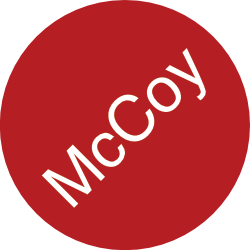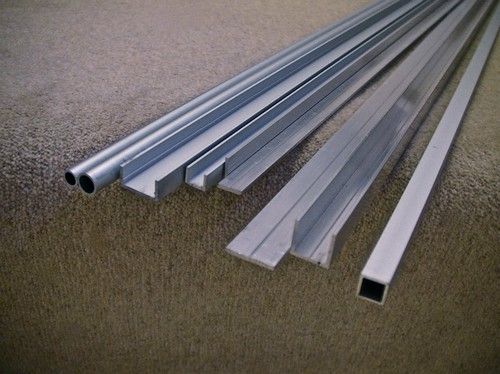I got to spend yesterday at the IoT 2014 forum, in Cambridge, listening to some fantastic speakers and getting to meet lots of really interesting folk starting up, building businesses and engineering new technologies.
Having made the epic move of developing a fresh business plan, and focusing solely on a new product, our web store (www.makerbase.co.uk) and paring back all our services to just those we love (i.e. to just autonomous systems) - the process has felt really daunting, but it was greatly reassuring having spent a day with IoT investors and entrepreneurs alike.
I've been involved with IoT projects in some form or other, on and off for over a decade now. From networking animals to building-integration projects, it feels like I've been there, done it and earned the T-shirt. Having spent 14 years explaining to people the connection between web applications and physical devices - whilst I'm still having to explain it to the majority of people I meet - there is now an ever growing community who I don't have to explain it to...
Though really, is it such a big stretch to see the connection between web apps, networked devices and network platforms? I recall a meeting with a software company back in 2006 - they couldn't understand why we were working with embedded hardware, we built web applications, and - like this one was really difficult to understand - operated a network platform.
To really confuse these people, now we have a store for makers. So we write code, sell widgets and have a network. Mind. Blown.
It's only been in the last 12-24 months that the community has really been tagging projects in the industry with the term 'Internet of Things' (a term I suspect will continue to evolved and changed over coming years), in place of the disparate terms often used, ranging from those as vague as 'connected' to others as equally vague as 'networked'. As was highlighted yesterday, people aren't looking for randomly connected devices, but things that solve or simplify a problem.
Somewhere around 2008-9, we retrofitted a datacentre with networked power distribution and monitoring along with network environmental monitoring (temperature/humidity probes, door sensors etc). It had taken nearly a year for the board and IT staff to even understand the benefits it had for them, luckily it took the new COO about a week to understand and convince the board otherwise. From a web dashboard, the IT staff can reboot a dead machine, monitor power at server, rack and suite levels, and track the movement of staff and visitors through the building.
As a toolset that's pretty powerful, but once you add logic and automation into the fold, things get really interesting. The system can now control the cooling systems dynamically, adjusting as system load increases or decreases. Whereas once the cooling was set to 'max' with a frosty 16C in places, with networked sensors, the system can determine the cooling needed in each cooling zone, allowing the temperature to be raised closer to an optimal 25C - massively reducing power consumption in the process.
I think the most vital thing is to educate people to the benefits of connecting things together - whether you have an application or use for the data now or not. Once you have it, you'll always find something to do with it...
I know this is a departure from my normal making/breaking things blogging, but in my mind all these things feel linked, so seems a good a place as any blog.
Expect posts of me making and breaking stuff later this week.
You might also like






